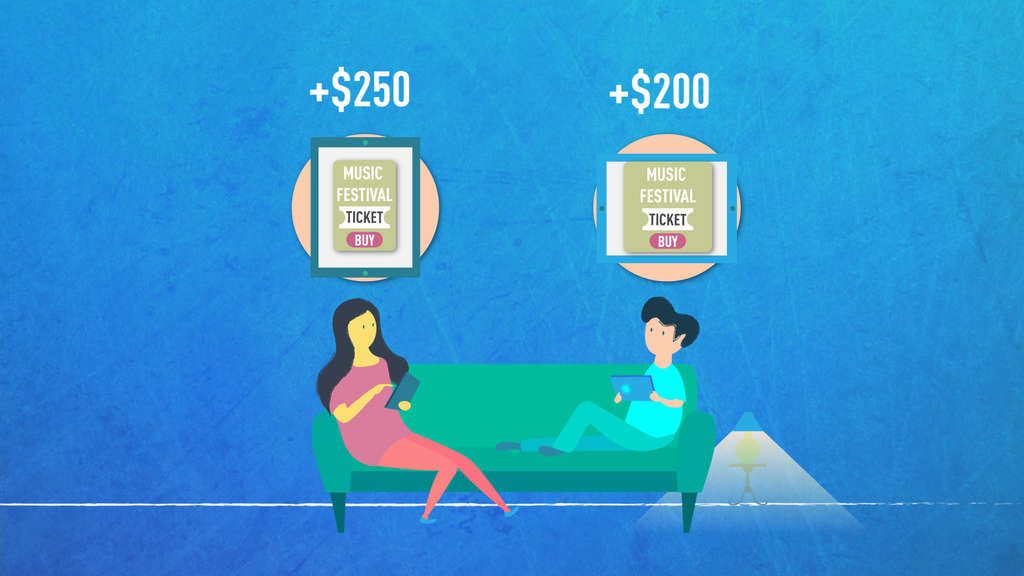The truth is that you will need a higher-level pricing strategy for today’s competitive marketplace and the flexibility to make changes when needed. Price optimization and revenue management are the most prominent aspects that any business needs to address.
While the hotel industry is truly unique, when it comes to price optimization, there’s a lot we can learn from outside industries. We examine industries from airlines to retail to help hotels develop a dynamic pricing optimization strategy that maximizes future profit. And we find plenty of takeaways hoteliers can incorporate into their revenue management practices for greater success.
AIRLINES
In the 1970s, airlines were the cutting-edge adopters of revenue management technology and among the first to implement dynamic pricing optimization. The airline companies which did not adapt their pricing strategy and practices to the market transformations and did not implement revenue management methods either merged or simply went out of business. Today, airlines reign supreme in this area, adjusting rates multiple times daily in response to fluctuations in supply and demand. Many airlines also calculate the total lifetime values of each passenger, using that data to generate incremental revenue through personalized offerings before, during, and after a flight.
The takeaway for hotels: Just as for airlines, demand is the most significant factor affecting your hotel rates. Optimize pricing through accurate forecasting that accounts for daily, even hourly, fluctuations in demand. In addition, a revenue optimization platform that communicates with your other systems lets you determine who your most valuable guests are so that you can offer rates and upsells based on that value.
BANKING & FINANCIAL
Factors such as economic uncertainty, rising interest rates, increasing fee transparency, regulatory obligations, etc., are putting banking revenues under pressure. Revenue management best practices for this sector include pricing for volume, discounting appropriately based on tiers, rewards for customers who transact at off-peak banking hours, location-based discounts on service fees, selling a bundle or package of products (usually in-house products like mortgages, loans, credit cards, insurance, investments, etc. There are also loyalty points and cashback programs.
The takeaway for hotels: Banking and financial services focus on a revenue management strategy that anchors itself on a personal touch, acquiring a customer with personalized relationship-oriented pricing approaches. They shape their products and value propositions while managing customer lifetime value through prospecting, cross-selling, upselling, and retention. Hotels can’t rely on generic and one-size-fits-all pricing strategies and need revenue management tools capable of intelligent pricing, advanced calculation, reporting, and analytics capabilities for automating the adjustment of prices as circumstances change.
CRUISE LINES
Cruise staterooms are perishable inventory, their value becoming worthless once a ship sets sail. So, cruise lines often use a practice known as “reverse yielding.” Lowering fares to stimulate bookings for unsold cabins as a sail date approaches. This is particularly effective because cruise lines restrict refunds within a month or so of departure, preventing customers from canceling and rebooking at the new lower rate. In addition, the revenues that many cruise lines achieve on board or through shore excursions are significant in the revenue equation. For example, a passenger could purchase a discount ticket (which historically would have automatically resulted in them being considered a low-value booking) and end up spending a significant amount of money on onboard activities like duty-free shopping, dining, internet access, gambling, etc.
The takeaway for hotels: Hotel rooms are also perishable inventory, and when managed carefully, hotel operators can also use reverse yielding to fill distressed inventory. Because hotel customers can typically cancel and rebook a room less than 24 hours before arrival, hotels must employ rate fences, such as opaque booking channels that conceal their brand and avoid diluting revenues through direct channels. Hotels should also consider ancillary revenue opportunities of discounted rates that can optimize what might have been overlooked as a low-value booking.
RETAIL
Retailing is defined as the art of understanding behavioral changes and demand of end customers through various methods, offering propositions to resolve needs rooted in fast changes of the environment and rapid delivery of the product to customers. (Tekin and Erol 2016). Many retailers use a reference or contrast pricing strategy to make a particular price point seem more appealing. For example, say a window provider comes to your home, records all the details required for your new window, and announces the price will be $1,000. While your mind balks at this rate, the salesperson swiftly reminds you the company is running a “50% Off” sale, and your price will only be $500. With a sigh of relief, you sign the paperwork without hesitation. (Fascinating TED Talk from behavior psychologist Dan Ariely on this concept!)
Then there’s the Amazon effect – when pricing changes so rapidly that consumers can’t keep up. That’s the e-commerce retail giant’s price optimization strategy: pricing that constantly adjusts to stay ahead of the competition and maximize profits.
The takeaway for hotels: You can increase upsells by including strike-through pricing and featuring side-by-side comparisons within the booking process. Highlighting additional amenities customers receive when choosing a higher-priced suite over a standard guestroom can also be effective. Some customers are willing to pay more when they feel they’re getting a better value for their money.
RESTAURANTS
Restaurants have been looking to increase profits by managing guest dining duration, reconfiguring seating to accommodate more guests per hour, services fees, surcharges, no-show fees, “disposables” charges to pay for packaging and carbon offsets, and using merchandising and upselling to higher priced menus during peak hours. However, some restaurants might be overvaluing the price consumers are willing to pay. A recent article on Today.com cites that Some restaurant-goers are pushing back, arguing that surcharges are unwarranted and that their printed explanations on the bottom of our receipts are indefensible. There has also been a backlash as restaurants across the country add 8%-10% fees to checks to cover inflation costs.
The takeaway for hotels: Hotels are known to add mandatory resort fees and other charges to the guest stay. However, the key is to readily disclose these fees when travelers make a reservation and inform guests when they check-in, so they aren’t shocked when they check out and see how much their room really costs. Since hotel resort fees include things that some guests don’t use, consider implementing a negotiated, more reasonable a la carte room rate as an alternative.
SHARING ECONOMY
Sharing economy titan Airbnb has experienced explosive growth, building a multibillion-dollar business in record time. Initially, though, Airbnb’s bottom line was hurt by underpricing. Property hosts couldn’t adapt to shifting market conditions or account for the multiple factors necessary to optimize rates. So, the company employed advanced artificial intelligence (AI) and machine learning (ML) to streamline operations and help hosts optimize their dynamic pricing strategy for any given day. Uber raises their rates for high-demand periods, like when demand is higher due to a concert, inclement weather, a holiday, etc. As stated on their site, Our goal is to be as reliable as possible in connecting you with a driver whenever you need one. At times of high demand, the number of drivers we can connect you with becomes limited. As a result, prices increase to encourage more drivers to become available.
The takeaway for hotels: Hotel legacy systems are often technically deficient and lack integration with other systems. Hotels can use data-driven revenue management (RM) software powered by AI and ML to respond quickly to real-time changes in market conditions, generating optimal prices daily.
Conclusion
There is a consistent theme throughout analyzing pricing strategies in other industries. No business can afford to overlook optimizing pricing. To set optimal prices, revenue managers need superhuman computational data-crunching powers or be equipped with the right revenue management technology. And with only about 3 percent of hotels globally currently using revenue management technology, we have a ways to go in this area. To gain and maintain a competitive advantage, hotels need to change the way they approach pricing, turning toward AI-powered revenue management systems to understand demand and optimize revenue. By utilizing a revenue optimization solution, hoteliers tap into a host of knowledge the human brain alone cannot decipher to achieve high-impact growth. In a world where guest demands are constantly changing, and new technologies are emerging, hotels must continuously adapt to stay ahead of the competition.
About LodgIQ
LodgIQ™ provides advanced travel industry revenue optimization technologies. Its breakthrough next-generation revenue optimization platforms, LodgIQ RM were developed by seasoned revenue management executives and Silicon Valley technologists. Currently working with over 550 hotels LodgIQ’s products combine sophisticated machine learning with an intuitive and powerful user interface delivering advanced recommendations and actionable analytics. LodgIQ is headquartered in Silicon Valley, with offices in New York City, Phoenix, and Bangalore.





